'Free Palestine': In this year’s Arbaeen walk, I and millions of others rallied for Gaza
By Roya Pour Bagher
This year, I again had the honor and privilege of participating in the greatest march on Earth—a march against terrorism, fascism, racism, and all forms and manifestations of evil and injustice.
This unparalleled march is held every year, 40 days after Ashura, the 10th of Muharram, as an opportunity to reaffirm our sacred pledge of allegiance to the principles epitomized by Imam Hussain (a.s) in Karbala and Sayyeda Zainab (s.a) in the aftermath of Karbala.
As the saying goes, Hussain (a.s) offered his blood, and Zainab (s.a) became the messenger of that blood, preserving the movement her brother initiated on the desert plains of Karbala.
Hussain’s (a.s) uprising in Karbala was not a power struggle. It was a revolutionary movement rooted in the principles of truth and justice, aimed at social reformation and the revival of human values.
As in every Arbaeen walk, the Palestinian flag was present this year as well. However, this time, the red, black, white, and green were far more prominent with every step taken toward Karbala.
This prominence was unsurprising, given that this year’s Arbaeen walk took place amid the Israeli-American genocidal war against Palestinians in the besieged Gaza Strip, where over 40,700 people, mostly children and children, have been killed in the past 333 days.
There is something about your name...
— Press TV 🔻 (@PressTV) August 22, 2024
Refuge: A documentary on the journey of love, salvation, and resistance against injustice - Arba'een pilgrimage
Tune in to Press TV on August 23 & 24 to watch pic.twitter.com/v11dssXoUn
In previous Arbaeen walks I participated in, the most common sight was the prayer for the reappearance of the savior in Islam, Imam Mahdi (a.j). After all, the Arbaeen walk is widely regarded as a means of laying the groundwork for his arrival—a practical act to hasten his reappearance.
While that urgency and atmosphere remain the unshakable pillars of the Arbaeen walk each year, this year another prayer was particularly noticeable: for an end to the Israeli genocide in Gaza.
This year, people seemed to grasp more deeply that Palestinian liberation from Zionist occupation is a prerequisite for the advent of the savior and messiah.
They chose a more direct way of praying for his reappearance by specifically praying for an end to the genocide in Gaza and the occupied West Bank and an end to decades of brutal and illegal military occupation of Palestine.
To establish global justice, we must first and foremost be aware of the injustices occurring around the world and incorporate that awareness into our prayers in a specific and tangible manner.
The Keffiyeh is an indispensable symbol during the Arbaeen walk. Although it represents Palestinian resistance today, its use dates back centuries before the occupation.
Its roots can be traced to ancient Mesopotamia. The word "Kufiyah," as pronounced in the Arabic language, derives from Kufa, a city in Iraq, meaning "from the city of Kufa."
From Karbala to Gaza: During ‘Arbaeen Walk’ this year, all eyes are on Gazahttps://t.co/3ZaK1IhNto
— Press TV 🔻 (@PressTV) August 24, 2024
Nevertheless, every time my eyes fell on the Keffiyeh this year, it served as a reminder of the Palestinian struggle for the liberation of occupied territories, as I am sure it did for many other pilgrims.
As we walked in unison from Najaf to Karbala, there seemed to be an unspoken shared pain—walking this time with the knowledge that genocide was taking place a thousand kilometers away and that we were blessed with the opportunity to ask for an end to it on the path to Karbala.
It felt as though a greater responsibility was placed on our shoulders. The usual joyous aura we have grown accustomed to, thanks to the hospitality of local Iraqis, seemed less prevalent.
That love and kindness were still deeply appreciated, no doubt, but it was as if everyone was in a state of mourning, and the usual upbeat attitude had given way to a heartbroken yearning for an end to Palestinian suffering.
A poignant display nestled amidst the throngs of pilgrims showcased the faces of martyrs from Iraq, Lebanon, and Iran. Among these fallen heroes were those who had bravely fought for Palestinian liberation, sacrificing their lives for this noble cause.
A makeshift tent displayed the faces of martyrs from Iraq, Lebanon, and Iran. Among these heroes were those who had fought valiantly for Palestinian liberation, including Hamas Chief Ismail Haniyeh, senior Hamas leader Saleh al-Arouri, and top-ranking Hezbollah commander Foad Shokr.
Each image, accompanied by a brief biography, served as a stark reminder of the sacrifices made in the pursuit of justice and freedom. The tent, a symbol of remembrance and solidarity, offered a tangible connection to the ongoing struggle for Palestinian freedom.
✍️ Viewpoint -Message from Arbaeen Walk: The path to Al-Quds passes through Karbala
— Press TV 🔻 (@PressTV) August 28, 2024
By Wesam Bahranihttps://t.co/1PMH67xe9C pic.twitter.com/k1WBhREy4O
Along the way, a billboard quote read: “The path is one; the path to Karbala…the path to al-Quds.”
This statement can be interpreted in several ways. However, to me, it served as a reminder of the days when the Arbaeen walk was banned by the then-tyrant Saddam Hussein.
Indeed, not all roads remain blocked, and the day of liberation will eventually come. In some ways, all struggles are interrelated. If today we can walk closer to a liberated al-Quds, it is because men fought for years against the tyrant Saddam Hussein, who waged war against Iran, backed by the West.
The same men who fought in the eight-year imposed war are now the leaders of the resistance axis that supports Palestinian resistance. Iran is the lifeblood of this axis.
So, yes, the same path that was opened through the blood, sweat, and tears of resistance fighters from the Islamic Republic of Iran will also help tear down the blocked path to al-Quds.
After all, it was Imam Khomeini, the leader of the Islamic Revolution, who said, “The path to al-Quds passes through Karbala.” By understanding the deep spiritual and political implications of this message, we can all be inspired to take action and work toward a more just world for all.
This year’s Arbaeen walk was special in more ways than one, as it was all about Palestine and Gaza, offering us an opportunity to reaffirm our vow to be soldiers on this revolutionary path.
Roya Pour Bagher is a Tehran-based writer.
(The views expressed in this article do not necessarily reflect those of Press TV.
How Los Angeles’ pistachio tycoons facilitated and profited from wildfires
Iraqi PM: Iran was in Syria to fight terrorism; presence requested by Damascus
Hamas: Israel's massacre in Jenin camp won’t break resistance
60 bodies recovered from abandoned South African gold mine: Police
Biden administration ‘quietly’ circumnavigating own ban on TikTok: Report
Iran Navy takes delivery of first advanced ‘signals-intelligence’ destroyer
Italian TV exposes Israeli manipulation of EU institutions
UK anti-corruption minister Siddiq resigns over links to Bangladesh ‘embezzlement probe’


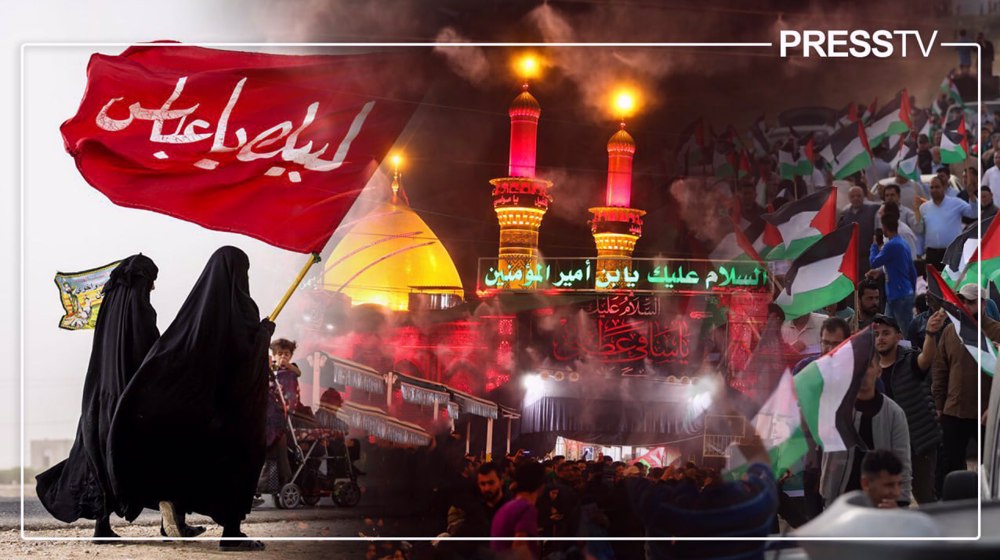
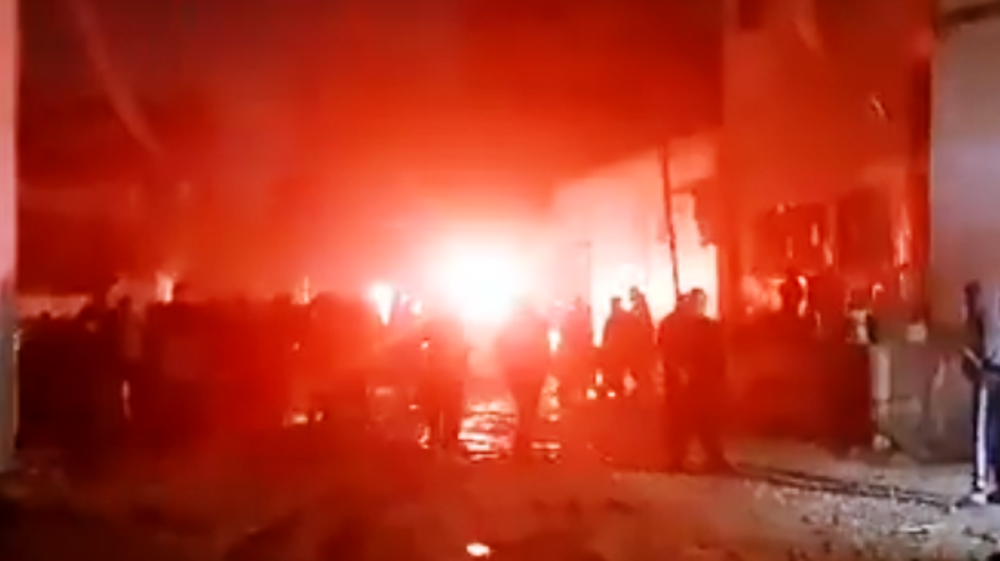
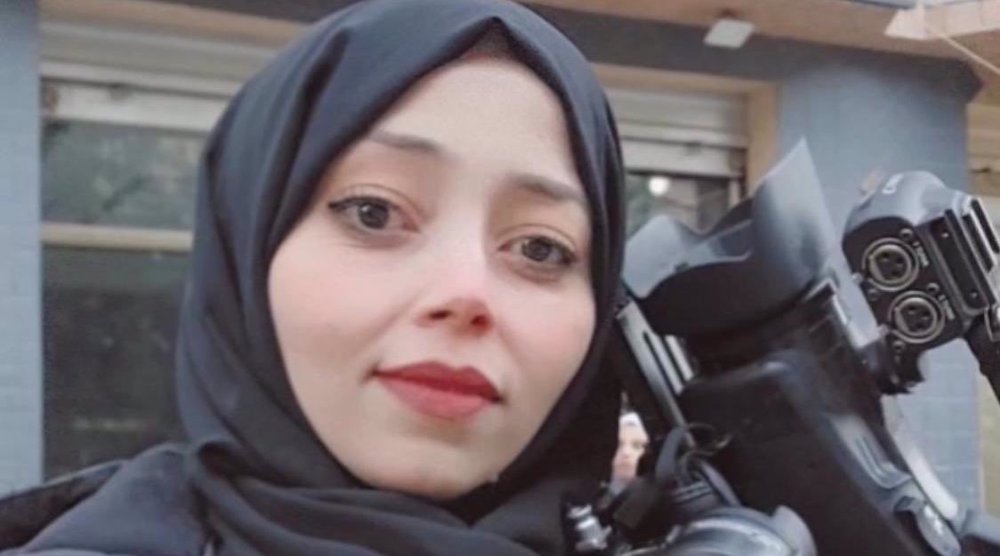




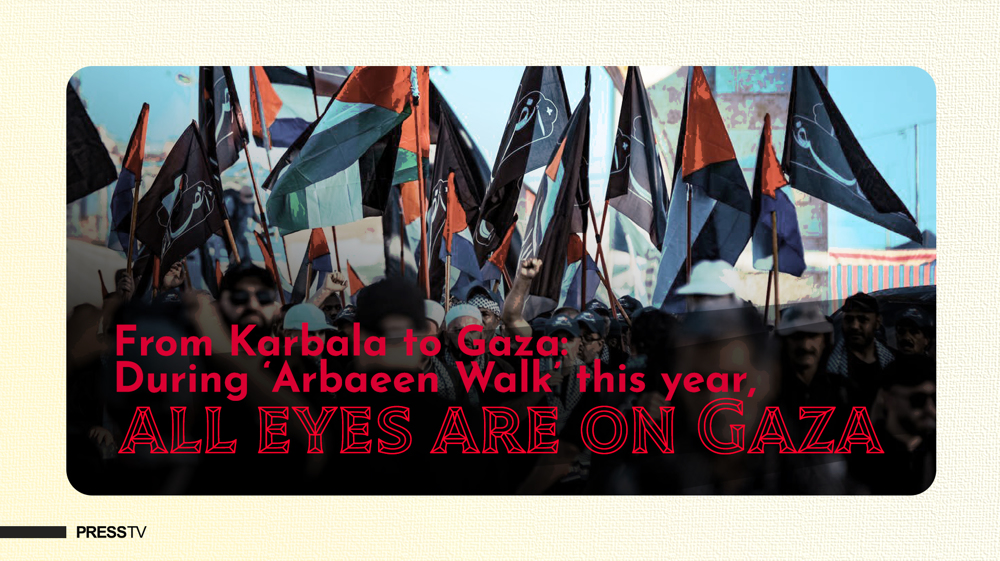
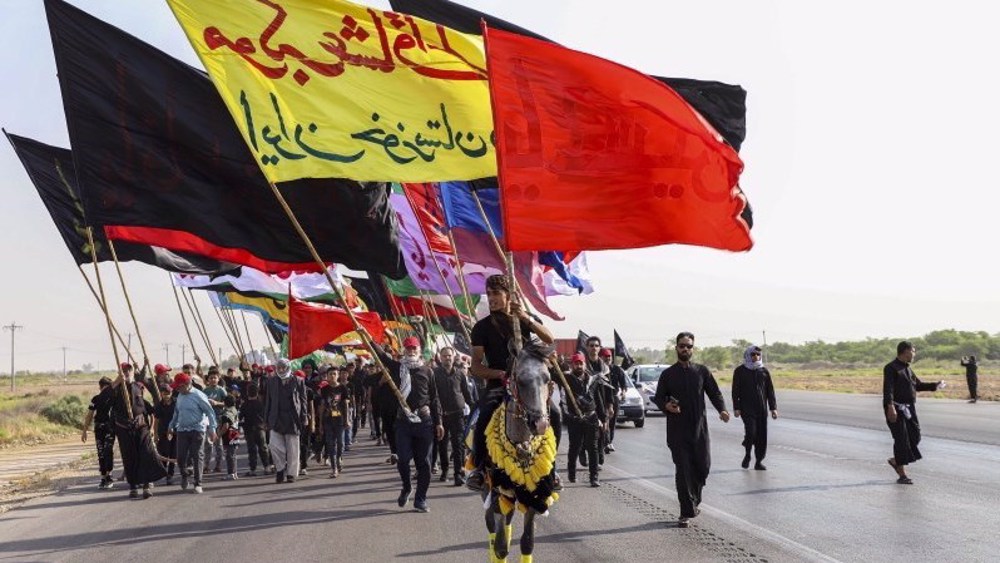
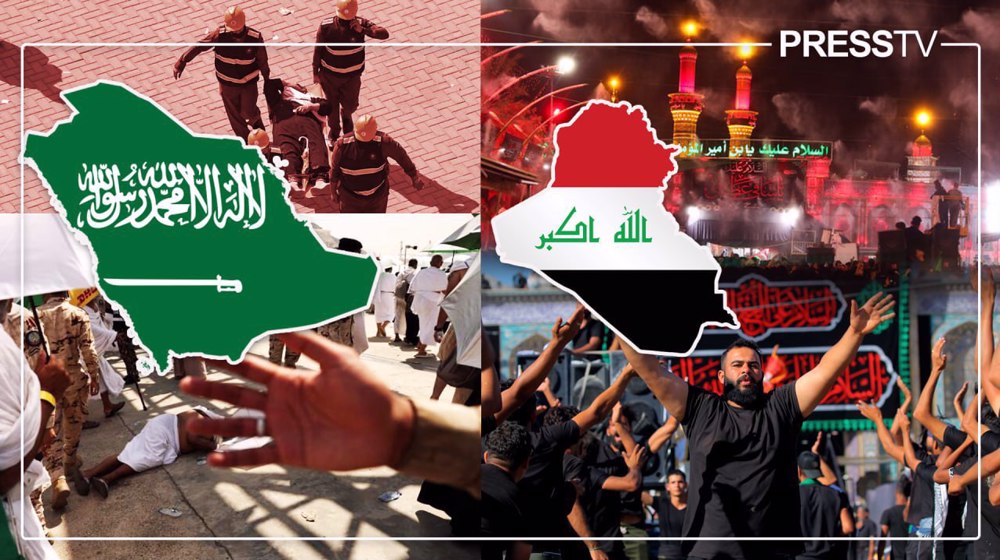
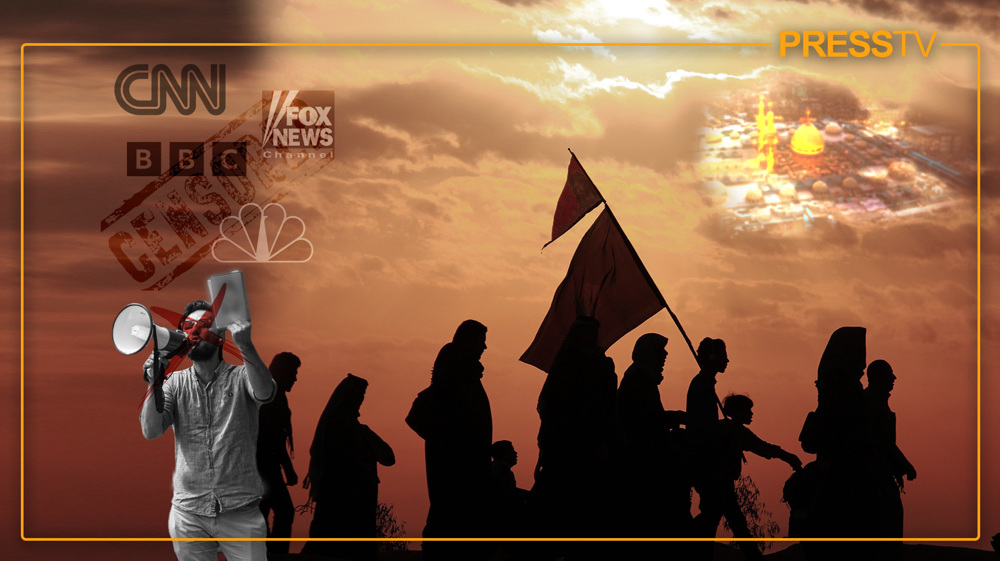
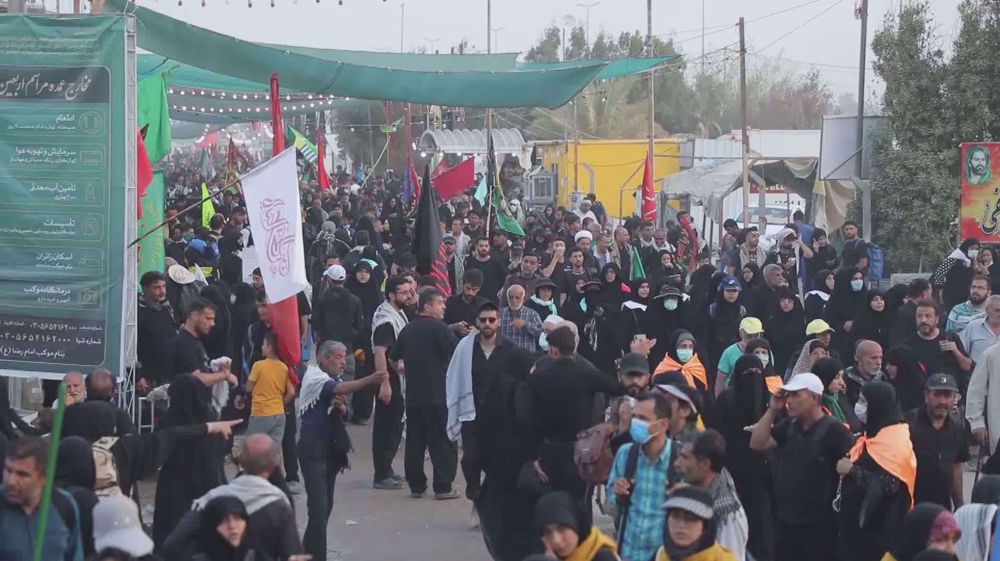

 This makes it easy to access the Press TV website
This makes it easy to access the Press TV website